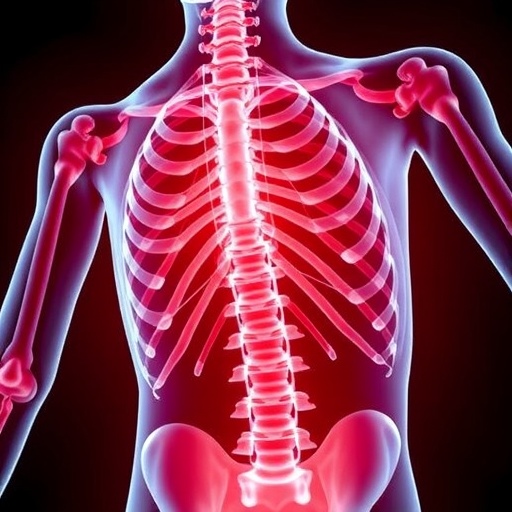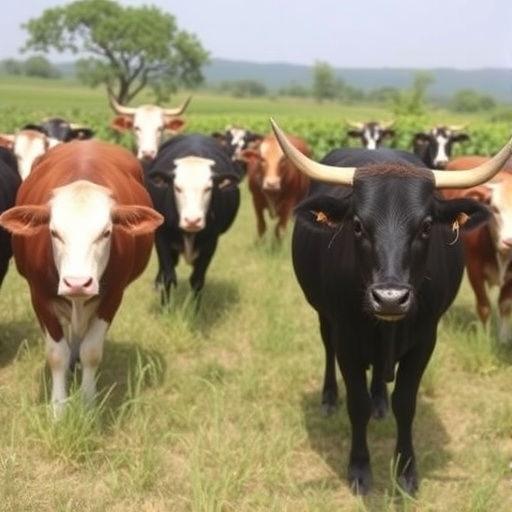GeoSpace
Research links decline in hemlock forests to changes in water resources
An insect infestation that is killing hemlock trees in New England forests is having a significant impact on the water resources of forested ecosystems that provide essential water supplies to one of the nation's most populous regions, a new study in Geophysical Research Letters finds.
Impending weak solar activity could expose aircrews to higher radiation levels
Aircrews and frequent fliers may soon experience an uptick in radiation exposure due to the upcoming low point in the solar cycle, when weak solar activity provides less protection against cosmic rays entering the atmosphere, according to a new study published in Space Weather.
Untangling Uranus's topsy-turvy magnetosphere
New observations of Uranus being buffeted by shock waves from the sun have revealed auroral activity and fresh clues to the workings of the seventh planet's unusual magnetosphere, the region of space dominated by its magnetic field. The findings are reported in a new study in Journal of Geophysical Research-Space Physics.
Lightning could be sending powerful electromagnetic radiation into space
During a thunderstorm, lightning that hits the ground may be shooting powerful electromagnetic radiation skyward. At least that is the new theory, detailed in a new study in Geophysical Research Letters, from a physicist in China who specializes in laser-plasma interactions.
Eos.org
Meteorologists Track Wildfires Using Satellite Smoke Images
Enhancements to the National Oceanic and Atmospheric Administration's decision support system give forecasters new capabilities for tracking smoke from fires using satellite data.
Research Spotlights
Mysterious "Fairy Circles" Continue to Enchant Scientists
Researchers revisit an old theory about the ethereal patterns of vegetation that form in some arid landscapes in a new study in Journal of Geophysical Research: Biogeosciences.
Explaining Unexpected Twists in the Sun's Magnetic Field
New research in Journal of Geophysical Research: Space Physics shows how the Sun's magnetic field can shift when it approaches Earth, which can throw off space weather forecasts.
Looking Up: Taking Photos May Improve Climate Models
Snapshots of clouds taken from the ground reveal orders of magnitude more detail than satellites, according to a new study in Journal of Geophysical Research: Atmospheres.
How the Deep, Cold Currents of the Labrador Sea Affect Climate
Seventeen years of ocean current data link global atmospheric and oceanic circulation, scientists report in new study in Journal of Geophysical Research: Oceans
What Regions Are Most at Risk for Ice Loss in East Antarctica?
Scientists model the impact of environmental warming on ice drainage basins in the less studied East Antarctica in a new study in Geophysical Research Letters.
Why Do Great Earthquakes Follow Each Other at Subduction Zones?
A decade of continuous GPS measurements in South America indicates that enhanced strain accumulation following a great earthquake can initiate failure along adjacent fault segments, according to a new study in Geophysical Research Letters.
###
Find research spotlights from AGU journals and sign up for weekly E-Alerts, including research spotlights, on eos.org. Register for access to AGU journal papers in the AGU newsroom.
The American Geophysical Union is dedicated to advancing the Earth and space sciences for the benefit of humanity through its scholarly publications, conferences, and outreach programs. AGU is a not-for-profit, professional, scientific organization representing more than 60,000 members in 139 countries. Join the conversation on Facebook, Twitter, YouTube, and our other social media channels.
Media Contact
Nanci Bompey
[email protected]
202-777-7524
@theagu
http://www.agu.org
############
Story Source: Materials provided by Scienmag





